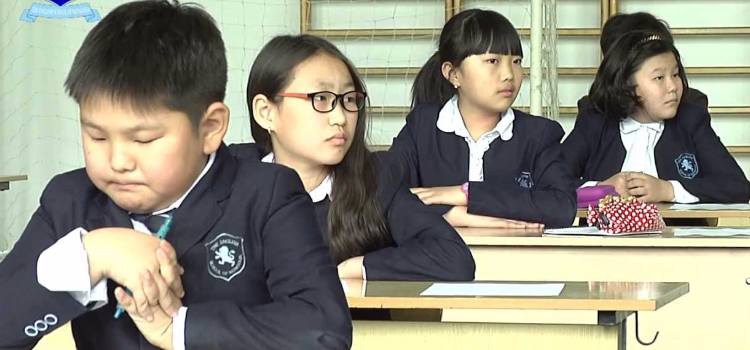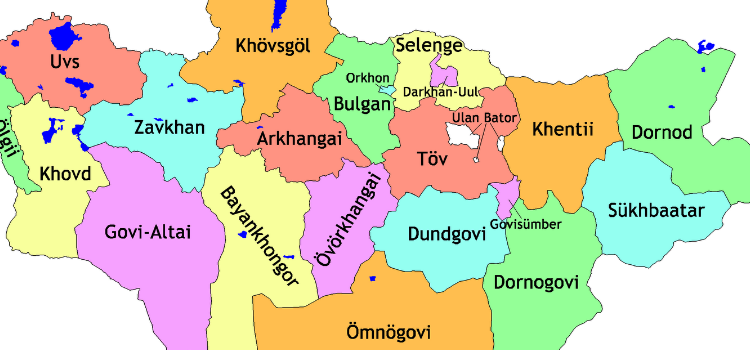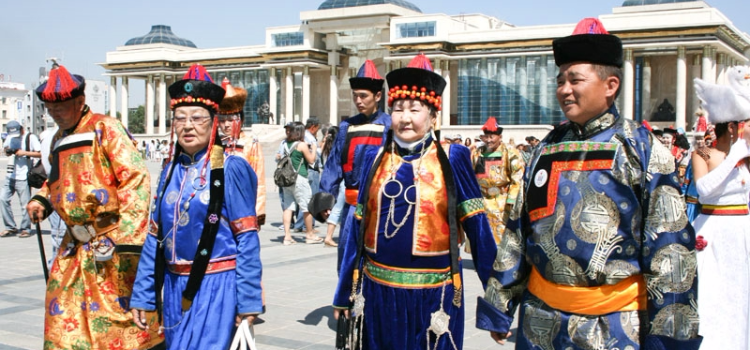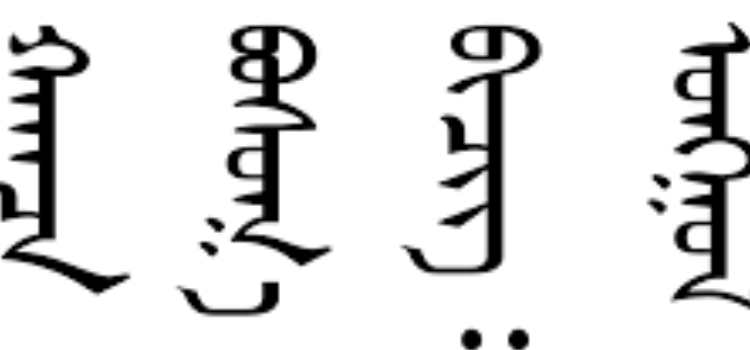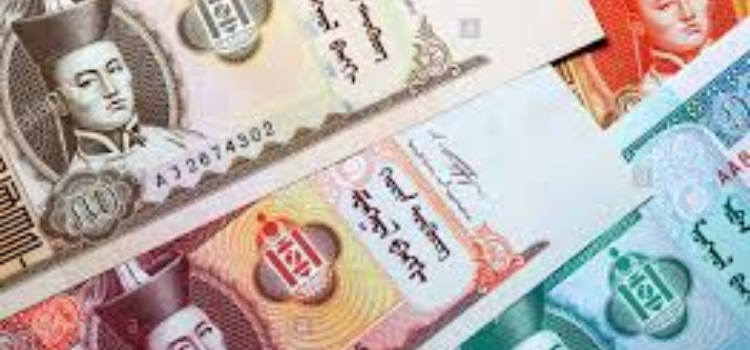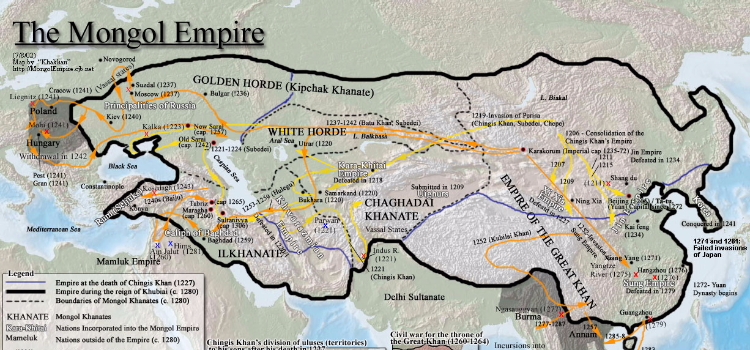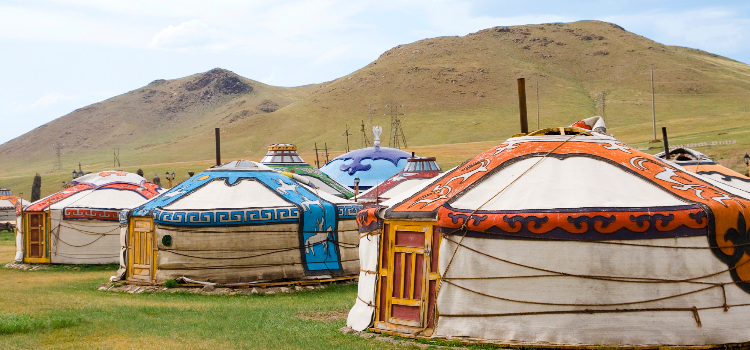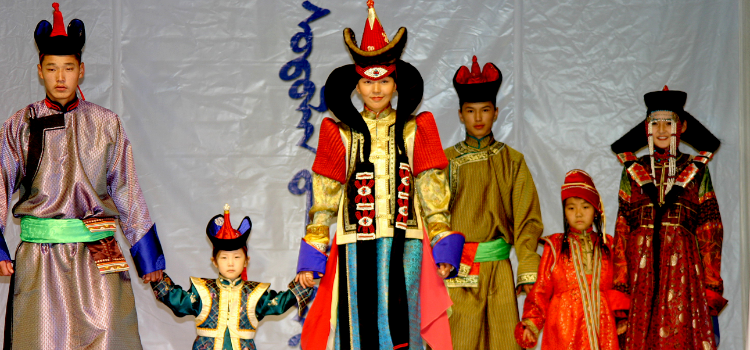04
Posted By : Admin/818
Education
Before Revolution in 1921 99% of population did not know script in Mongolia . Before People's Revolution just males were studied religious schools. Females couldn't study any schools. After Revolution all people want to study Mongolian classical Uigur script. It was a biggest develops our culture and education sector. In 1941 Center Committee changed Mongolian classical script into the Russian Cyrillic alphabet since that time all Mongolian people used to Russian Cyrillic alphabet. During the Socialist time Mongolia had not have private school and institutes. Just had State universities such as today's Mongolian National University , and Mongolian University of Education. Socialist time children who has 8 years old they entered elementary school and then they studied 10 years. Since in 2005 high schools are changed world school standard it means children study in high school 11 years. When they graduated high school some students will study abroad. But it was just communist countries. At that time tuition fee was free of charge. After the democratic change some people founded new private school and institutes. The average tuition fee is 800US$. Last a few years' government supporting to developing students and youth. Mongolian half of the population is young people under age of the 35.
Health
Mongolia has a rich heritage of traditional medicine that is directly connected with nomadic way of life Mongolians have been following for many centuries. Herbal medicine, acupuncture, cauterization, massage and bone setting have been popular for many years. The history of modern medicine started in 1925 when the Russian doctor, Shastin, initiated and founded the first 'People's hospital with 15 beds. During the socialist period, the policy to develop a network of medical organizations with trained staff and required equipment had been successfully implemented. The health sector of the country is represented by Medical schools of all levels; the Center for hygiene and epidemiology; medical research institutes; Mother and Child Care center; Central Clinical hospitals, Medicine supply agency, Pharmaceutical factory, Agency of Quality Assurance Drugs; Bio preparations and Medical Care; aimag and soum center hospitals, and many other medical institutions and agencies. Political and economical changes that are talking place in the country have led to transformation in the structure of the health sector. As a result of those, about 400 new private and state clinics, hospitals and health centers are being opened. Mongolian doctors are can speak Russian very well but most of them can't speak English.

